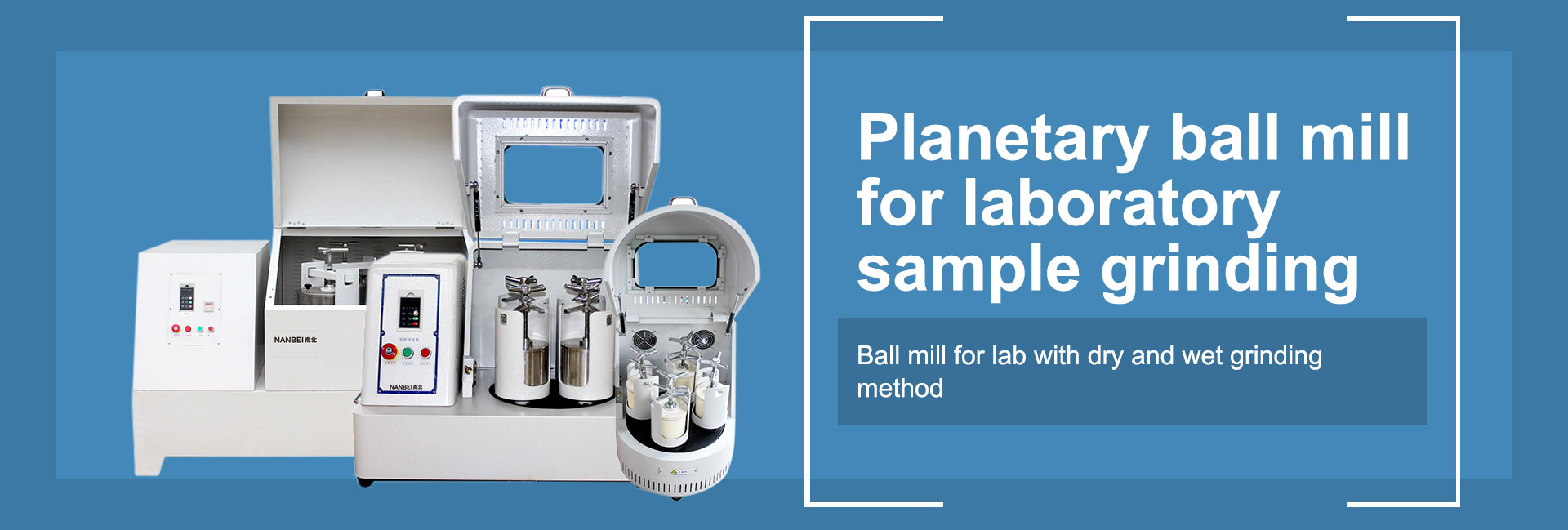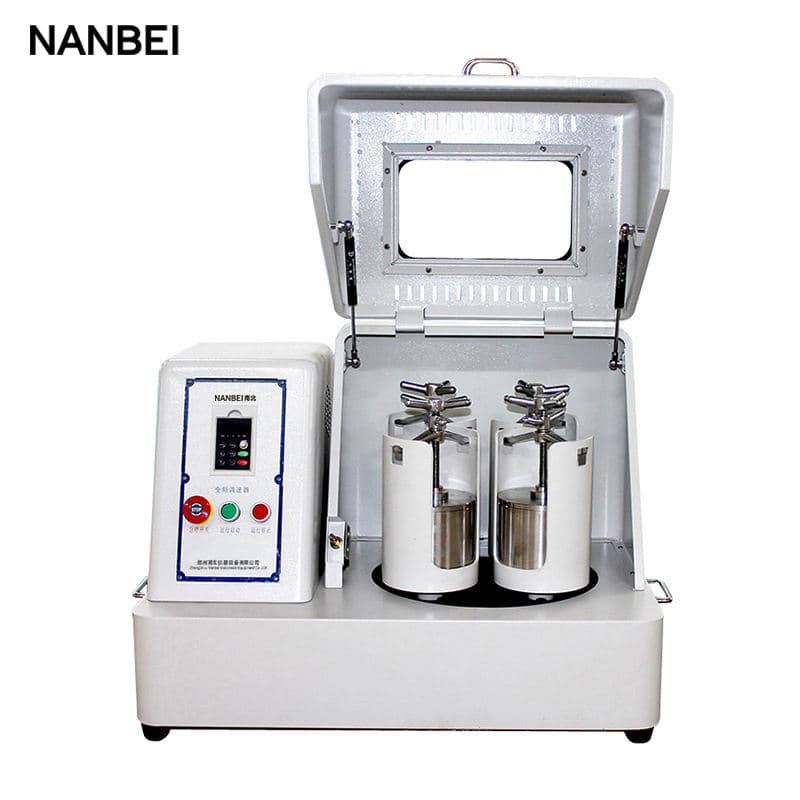
 Sep 11,2025
Sep 11,2025
Laboratory ball mills can help us pre-process samples for grinding, which is very convenient. Common experimental ball mills include planetary ball mills and vibrating ball mills.

Key parameters determining planetary ball mill performance:
1. Grinding jar capacity and adaptability
When selecting a planetary ball mill, the mill must match the sample size—following the principle of precision for small samples and capacity for large outputs.
2. Speed and drive ratio
High-hardness materials require a speed approaching the upper speed limit, while soft materials require a lower speed to prevent over-crushing. The speed must be precisely matched to the material hardness.
3. Intelligent control of operating mode
The bidirectional alternating mode effectively eliminates grinding dead zones, making it particularly suitable for materials prone to agglomeration. The extended timer function meets the demands of multi-day mechanical alloying in materials science.
4. Invisible safety and energy efficiency indicators
Explosion-proof design is crucial for combustible dust, and the combination of agate grinding balls and a zirconia jar eliminates metal contamination.
5. Precise configuration for particle size control
Achieving a minimum output particle size of 0.1 μm is a common standard for planetary ball mills, but nanoscale research requires a grading system.

Lab planetary ball mill is used to grind and mix various materials. Planetary ball mills use the working principle of planetary motion, which greatly improves the grinding effect compared with traditional ball mills.

 2020-Oct-29
2020-Oct-29

 2020-Oct-29
2020-Oct-29
